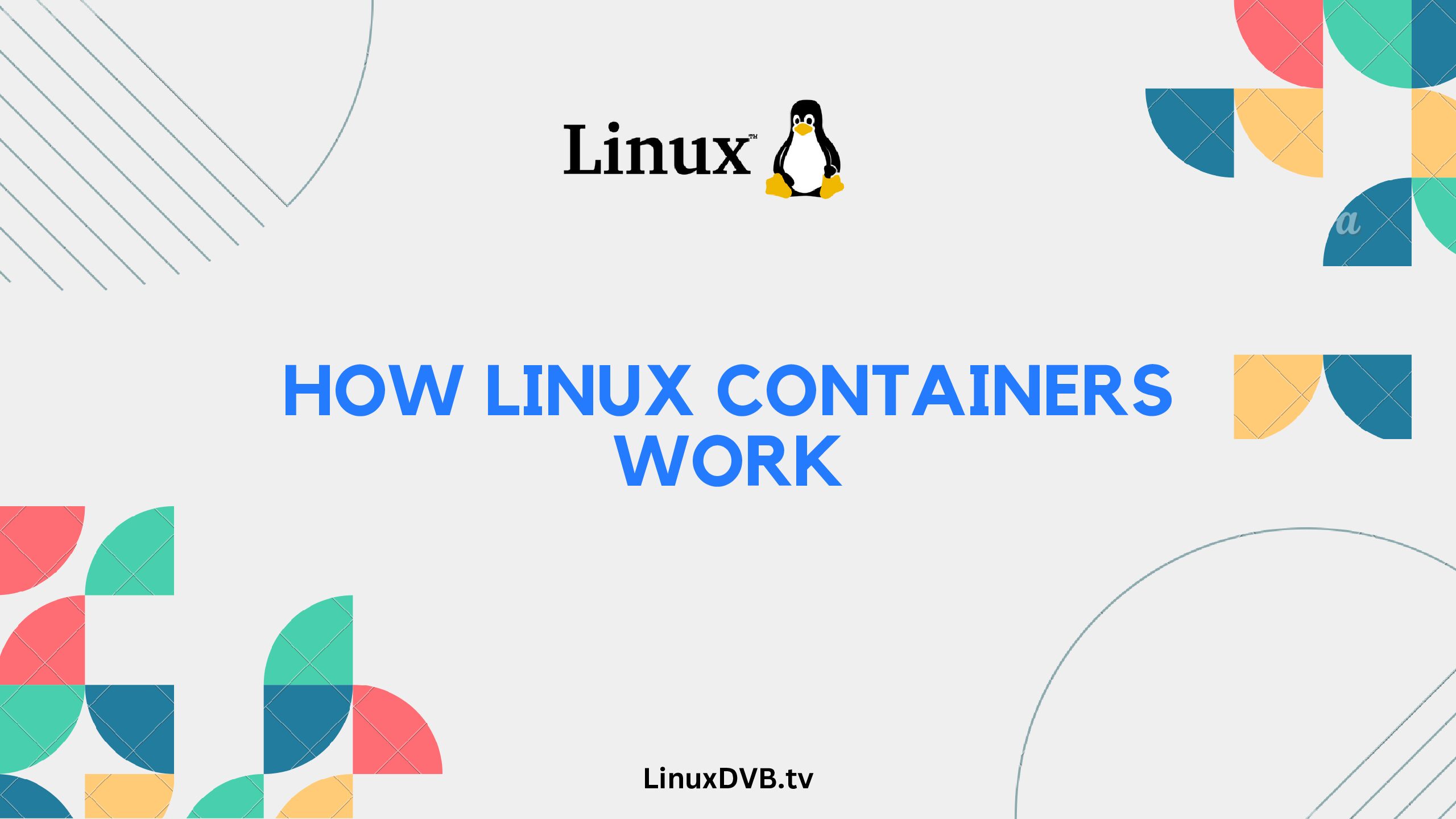Introduction
In the ever-evolving landscape of technology, Linux containers have emerged as a game-changer. They have revolutionized the way software is developed, deployed, and managed. If you’ve ever wondered, “How Linux containers work?” then you’re in the right place. This article will take you on a journey through the inner workings of Linux containers, demystifying the concepts, and providing you with a solid understanding of this powerful technology.
Table of Contents
How Linux Containers Work?
Linux containers are a lightweight form of virtualization that enables you to package and run applications and their dependencies in isolated environments. This section will delve into the core principles of Linux containerization.
Understanding Containerization
Containerization is all about encapsulating an application and its dependencies into a single unit, known as a container. This container is isolated from the host system and other containers, creating a secure and consistent runtime environment.
Kernel and Namespace Isolation
At the heart of Linux containers lies kernel-level isolation. Containers leverage namespaces, which provide separate views of system resources such as process IDs, network interfaces, and file systems. This ensures that each container operates in its own sandboxed environment.
Docker and Container Runtimes
Docker, one of the most popular containerization platforms, uses container runtimes like containerd and runc to manage containers. These runtimes interact with the kernel to create and run containers based on container images.
Container Images and Registries
Container images are read-only templates that contain an application and its dependencies. They are stored in container registries like Docker Hub or containerd.io. This section will explain how container images are used to create containers.
Exploring the Benefits
Now that you have a grasp of the fundamentals, let’s explore the advantages of using Linux containers.
Portability and Consistency
Containers encapsulate everything an application needs, making it highly portable across different environments. This ensures that what works on a developer’s laptop will also work in production, promoting consistency.
Resource Efficiency
Containers are lightweight and share the host’s kernel, making them incredibly resource-efficient. You can run multiple containers on a single server without the overhead of traditional virtual machines.
Rapid Deployment
Containers can be spun up and torn down in seconds, enabling rapid deployment and scaling of applications. This agility is a significant asset in modern development and DevOps practices.
Isolation and Security
Container isolation provides a security barrier between applications. Even if one container is compromised, it won’t affect others, enhancing overall system security.
How to Use Linux Containers
Now that you understand the concepts and benefits, let’s explore how to use Linux containers effectively.
Installing Docker
Docker is a popular choice for working with containers. Learn how to install Docker on your Linux system and get started with containerization.
Creating Your First Container
Walk through the process of creating a simple container from an existing image, running it, and interacting with it.
Building Custom Container Images
Discover how to create your custom container images, tailor-made for your applications. This allows for full control over your containerized environment.
FAQs
Are containers the same as virtual machines (VMs)?
No, containers and VMs differ in their architecture. VMs virtualize an entire operating system, while containers share the host OS kernel, making them more lightweight and efficient.
Can I use containers on Windows or macOS?
Yes, you can run containers on Windows and macOS using tools like Docker Desktop, which provides a seamless containerization experience.
Are there any security concerns with containers?
Container security is a top priority. Ensure you follow best practices, keep your container images up-to-date, and implement proper access controls to mitigate security risks.
How do containers compare to traditional package managers?
Containers offer a more consistent and isolated environment for applications compared to traditional package managers, reducing dependency conflicts and ensuring reproducibility.
Can I orchestrate containers in a cluster?
Absolutely! Container orchestration platforms like Kubernetes allow you to manage and scale containers across a cluster of machines easily.
What industries benefit the most from containerization?
Containerization is valuable across various industries, including software development, cloud computing, and data science, due to its flexibility and efficiency.
How Linux containers work?
Linux containers work by using containerization technology to isolate and run applications and their dependencies in isolated environments called containers.How do containers run on Linux?
Containers run on Linux by utilizing the kernel’s containerization features, such as cgroups and namespaces, to provide process isolation and resource management for applications.What makes a Linux container?
A Linux container is made up of an application and its dependencies packaged together, along with a minimal operating system layer, creating a lightweight, portable, and isolated runtime environment.Conclusion
In this comprehensive guide, we’ve dived deep into the world of Linux containers. You now have a solid understanding of how Linux containers work, their benefits, and how to use them effectively. Containerization has revolutionized software development and deployment, and with this knowledge, you’re well-equipped to harness its power.

